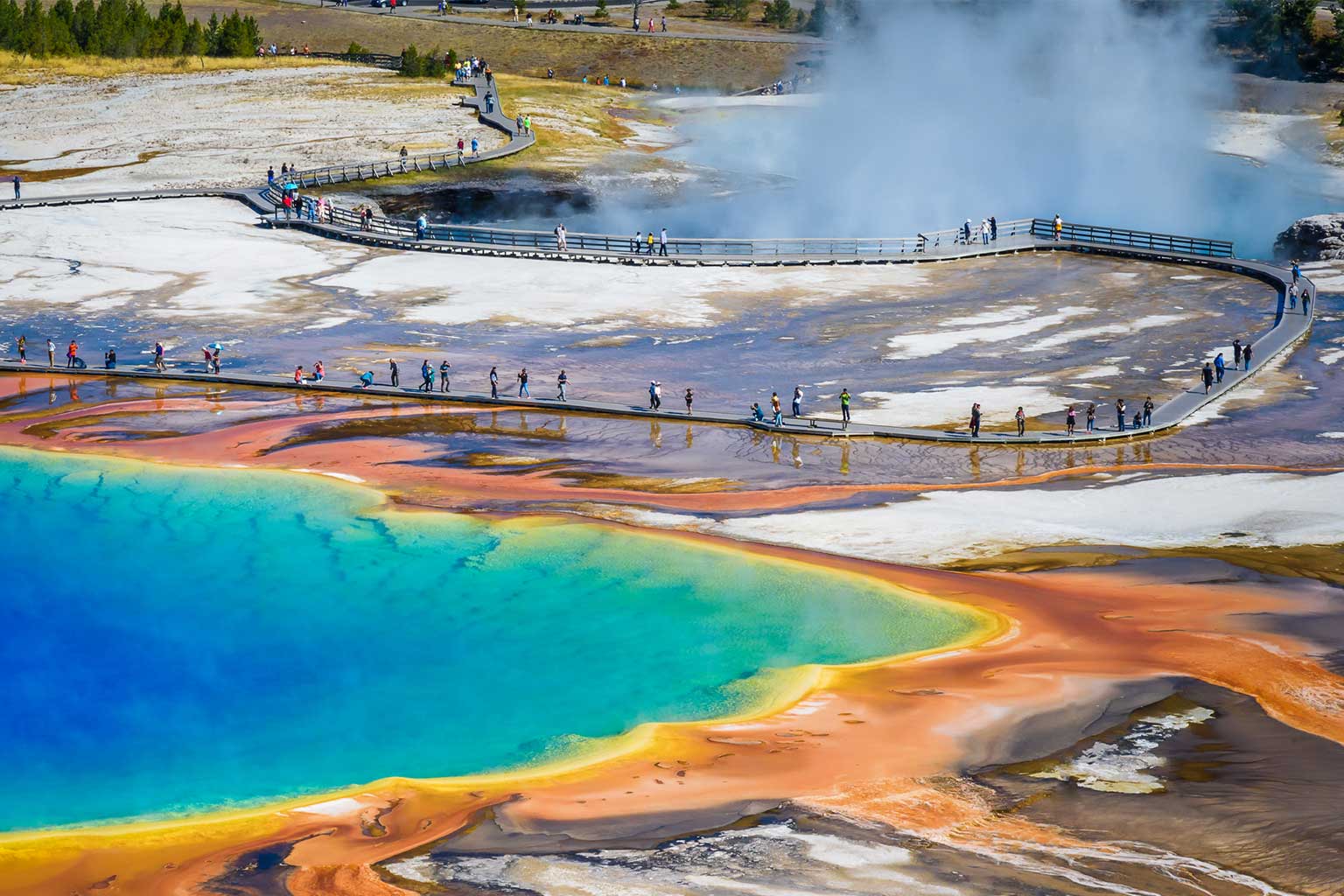
Richard has more than 25 years of experience in natural resource and public policy analysis, most recently at Conservation International where he served as chief economist. While at CI, he conducted extensive research on the costs and effectiveness of different approaches to biodiversity conservation in the tropics and supervised projects in Africa, Asia, and Latin America. He has published widely on the viability of sustainable forest management and has worked on the development and implementation of a unique approach to conservation.
Richard is a 2011 Lone Mountain Fellow at PERC. We thank him for participating in our new Q&A series for The Percolator.
Q: In 2010, you founded the Save Your World Foundation with Scott Cecil. What is Save Your World and how does it work?
A: We are the only non-profit devoted exclusively to supporting conservation agreements in developing countries. We serve as a kind of “mother ship” for our projects, providing technical assistance as needed and connecting them to funding sources here in the U.S.
One of the things we focus on is hosting project-level endowments. Endowments are a common approach to conservation funding here in the U.S. but are beyond the reach of many projects abroad. They can be an extremely useful tool for project finance. Our projects, for example, have very well-defined recurrent annual costs and matching those costs to an inevitably uneven flow of funding is much easier to accomplish with an endowment.
Q: Save Your World advocates a unique approach to conservation—one that uses incentive-based agreements. How do these agreements work?
A: Conservation agreements are just that, agreements negotiated with resource owners that define a concrete conservation outcome—usually the protection of a particular habitat or species—in exchange for benefits designed to give resource owners an ongoing incentive to conserve. The type of benefits provided vary but can include technical assistance, support for social services, employment in resource protection, or direct cash payments.
How a particular agreement is structured, of course, depends on the setting. One of our projects compensates Maasai herdsman for livestock lost to predators in exchange for their commitment to not kill lions. In effect, it’s an insurance program for the Maasai and it has been tremendously successful in protecting lions. It now covers more than 1 million acres of communal grazing lands.
Another agreement provides support for traditional landowners in the Solomon Islands, protecting the largest uninhabited island in the South Pacific. In that case, our benefits include employment as rangers and a scholarship program for school children.
Q: What role do property rights play in these incentive-based agreements?
A: The property rights involved are absolutely key. It’s really no different abroad than it is here in the U.S. in that respect. It’s all about devising the proper incentives to make conservation happen. The novelty is that until recently these kinds of agreements were not considered possible in developing countries. But in fact, they have proven to be very well suited to that context.
It is a bit of a paradigm shift, though, since past efforts have typically sought to benefit resource owners indirectly through markets for so-called “green” products.
With conservation agreements you’re paying for conservation directly rather than as a by-product of something else—say some activity that uses the resource you’re trying to protect but in a less damaging way. The problem is that markets for the kind of products that do that are pretty small, and pretty uncertain. And at the end of the day, they’re not really necessary.
It is much better to devise agreements to give people things they need in exchange for exactly what you want in return, which in this case is straight-ahead conservation. That way conservation becomes the thing that stimulates local economies by competing with destructive development.
All of this, of course, requires that you think about conservation as something that you pay for, just like everything else. That’s important because people in developing countries support conservation for the same reasons we do, but as a practical matter they can’t afford to forgo development anymore than we can. They are happy, though, to accept compensation in exchange for conservation.
Q: Prior to establishing Save Your World, you worked for more than 20 years as the chief economist at Conservation International. What did your time at CI teach you about conservation and how have you applied to your new position?
A: Well, one thing I learned is that one person can make a big difference. That goes equally for people negotiating these kinds of agreements, as well as those helping to fund them. One medium-sized foundation or high net-worth individual, for example, could easily “own” saving the African lion in a large part of its remaining range.
These are very affordable agreements and they can be put in place quite rapidly. Someone once called this “warp-speed conservation.” Put another way, the problem is not nearly as daunting as many believe. It is certainly a lot easier to fix than I once thought. That is a very hopeful and important lesson.
Q: While at Conservation International, you helped develop an innovative leasing program to protect South American rainforests from devastation due to logging and mining. How does this leasing arrangement work, and what role does Save Your World now play?
A: That would be the Guyana Conservation Concession, one of the projects in our portfolio. That project was the one that got things started for conservation agreements. In brief, it is a 30-year, renewable agreement with the government of Guyana to lease 200,000 acres of pristine rainforest. Technically, it’s a timber sales agreement of the sort that any logging company would have, and accordingly, we are paying the government exactly what a logger would pay for the rights to harvest timber, which in this case is not very much by our standards, $0.15 per acre per year.
That’s quite a bargain! And it’s some of the most amazing rainforest on the planet. It protects the upper watershed of Guyana’s largest river, a place with more species of freshwater fish than any comparably-sized area in the world. It’s absolutely stunning wilderness.
I must say, that agreement made quite an impression. The place where I was working at the time (Conservation International) had spent years and probably millions of dollars trying to convince the government to establish a national park, and they just weren’t buying it. But once we offered to pay—even what to us was a very nominal amount—they were all ears.
Parks are great, but they have some definite limitations. One is that there are no set rules on how to create them. You can do detailed biological studies, raise awareness, wine and dine government officials, and maybe you still have nothing to show for it.
The conservation agreement approach changes all that. It makes park creation much more akin to a standard business transaction, and that in turn makes park creation a lot more rapid and efficient.
Q: In your experience, what is effective conservation?
A: Well, not to sound like a broken record, but some of these agreements are pretty effective. My son and his Cub Scout buddies once held a lemonade stand at a Boy Scout soapbox derby. I matched what they raised and in a single Saturday afternoon they sold enough lemonade and cupcakes to lease 11,000 acres of rainforest for one year in our Guyana conservation concession. If we had 50 lemonade stands like that we could lease the whole 200,000 acre project area! That’s pretty effective.
Q: You’re visiting us at PERC in Bozeman, Montana. What project are you working on while you’re here?
A: I’ve been working on a set of introductory lectures on the role of property rights in conservation agreements in developing countries.
There aren’t very many people doing these kinds of projects, and one thing needed to help change that is a basic set of course material for graduate or undergraduate training.
As it turns out, conservation agreements are great platform for class work. They’re a nexus for so many different disciplines: law, economics, biology, sociology, business, development studies, conservation. It’s really very rich. Hopefully my lectures will help get that ball rolling in some small way.


